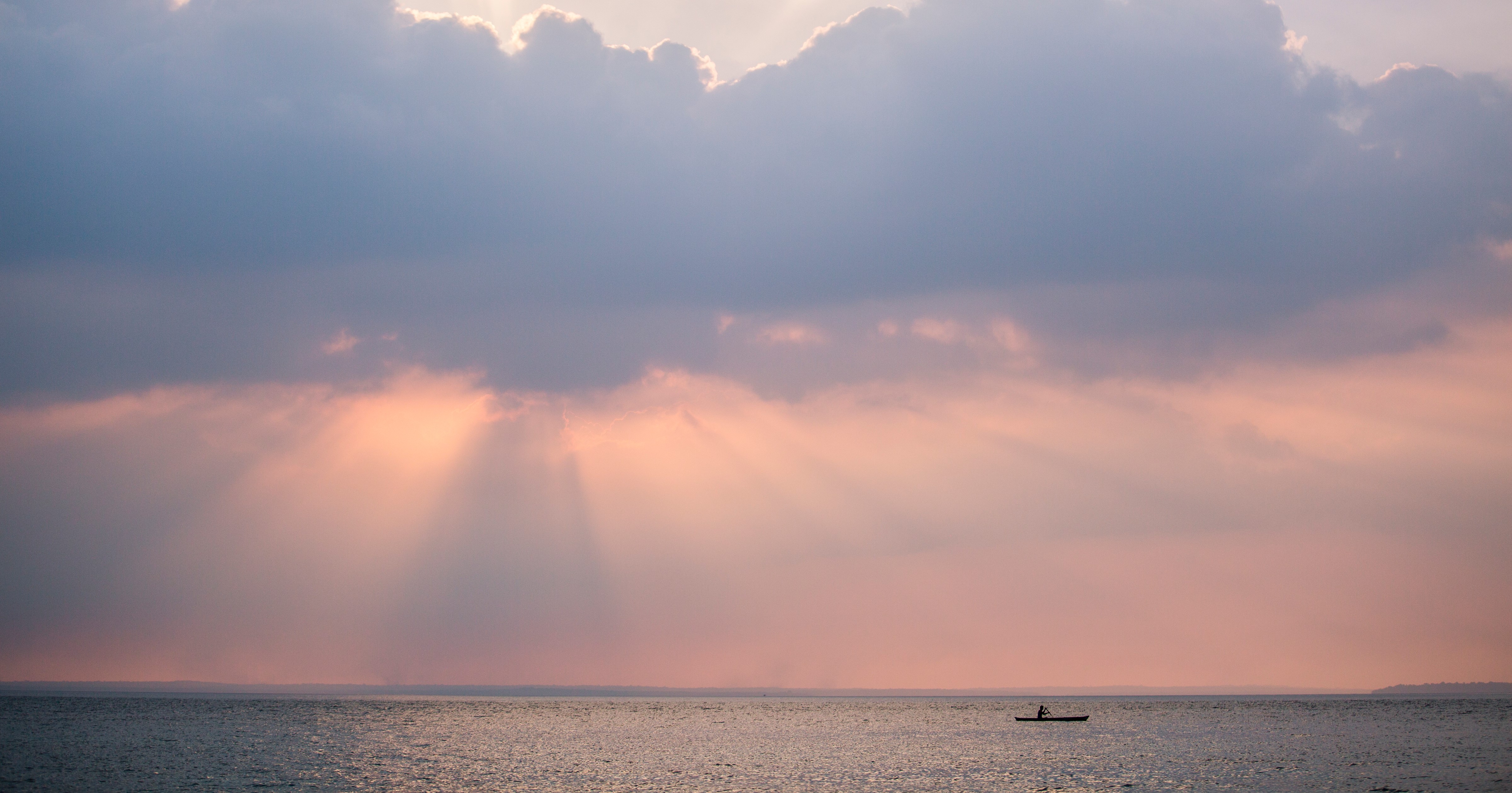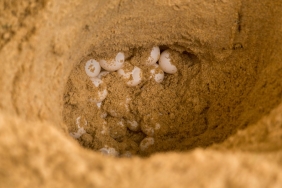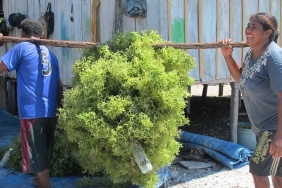EXPEDITION TO KEI BESAR I: FINDINGS ON LOCAL SYSTEM OF MARINE RESOURCES MANAGEMENT
By Nara Wisesa
EXPEDITION TEAM:
WWF (Meentje Simatauw, Christian N. Handayani, Nara Wisesa, Taufik Abdillah)
UNPATTI (Yoisye Lopulalan, Pieter Soselisa, Marvin M. Makailipessy)
DKP Southeast Maluku (Mufti Ingratubun, Simon Silubun)
Kei Islands, Southeast Maluku have two main islands, Kei Kecil and Kei Besar. Kei Kecil serves as the hub of economy and government administration of Southeast Maluku Regency. On the contrary, the development in Kei Besar is not as fast as that in Kei Kecil in terms of infrastructure and economic growth. From the end of November to early December 2013, WWF-Indonesia in collaboration with University of Pattimura (UNPATTI), Fisheries Office (DKP) of Southeast Maluku, West Southeast Maluku DKP carried out Inner Banda Arc Rapid Assessment or more commonly known as Kei Expedition.
The two teams, consisted of representatives from institutions mentioned above, were conducting the expedition concurrently, team one in Yamdena, West Southeast Maluku, and team 2 in Kei Besar, Southeast Maluku. The main goal of the exhibition is to generate baseline data and primary information on the traditional ways in utilizing resources, local wisdom/customary law in terms of rights of use (or tenure), and management system applied by coastal communities in Kei Besar as well as Yamdena. Kei Besar team consists of three researchers from UNPATTI, two staff from DKP-Southeast Maluku as the local facilitators, and 4 WWF-Indonesia staff. The expedition began with air flight from Ambon to Langgur, the capital of Southeast Maluku Regency located in Kei Kecil Island.
Kei Besar team officially commenced the expedition on Sunday, 25 November 2013. The team departed from Langgur port by regular speedboat to Elat, the capital of Kei Besar district. The expedition was conducted in two weeks, which ended on December 3rd. During the expedition, the team visited 6 villages (locally called ‘ohoi’) in Kei Besar, the team took public transport, motorcycle used as public transport, or speed boat belonged to local communities to move from one village to another.There are several findings on local system of resources management as follows:
• Bameti is the traditional activity of harvesting resources located in tidal zone (meti), commonly done by women living in villages near coastal areas of Kei Besar for their family consumption. This activity is crucial to maintain kinship and social solidarity among communities, a forumto strengthen social bonding of Kei coastal communities. Bameti also represents rights of use held by Kei communities, especially woman toward resources in tidal zone;
• Sasi (or hawear / yot) is customary law of seasonal and temporal closure;
Sasiisquite common in other coastal areas as well. Seasonal and temporal closure/sasi is usually applied to protect high economic-value resources. Sasi can also be regarded as a form of traditional resources management quota system representing community ownership marine resources in their region, and as a protection to ensure the sustainability of the resources.In addition, the application of seasonal/temporal closure defines the clear role of each community member in managing the utilization of the resources and control access for the outsiders that also harvest them.
Sasi is marked by the presence of young coconut leaves placed or stuck in the locations where the resources are protected. People who break the sasi rule will receive sanctions based on customary law such as paying fine, being alienated by communities/social sanction, or even getting cursed. However, two villages visited by the team do not apply sasi any longer. Sasi has undergone several changes over years, and sasi has never been established as a written rule, only a convention applied by local communities.
• Resource use pattern. It should be noted that fishing activity done by Kei Besar communities greatly depends on season. They only fish on the seasons where wind condition is calm. During the seasons when sea is not very friendly, peoplemainly conduct activities ashore. Normally, west monsoon in Kei starts from the late December to March, the transitional season when wind blows from west to east happens in April, east monsoon begins in May and ends in September, and transitional season when wind blows from west to east starts from late September to December. However in the last couples of the years, the seasonal pattern is getting obscure, so seasonal pattern in Kei becomes unpredictable.
LOCAL TERMS USED BY KEI COMMUNITIES TO DEFINE SEA AREAS
- Waar : borders between sea areas and coasts
- Ngan : areas between fringing reefs and coasts
- Sor : fringing/flat reefs
- Sawan : ravine
- Nam : high seas





